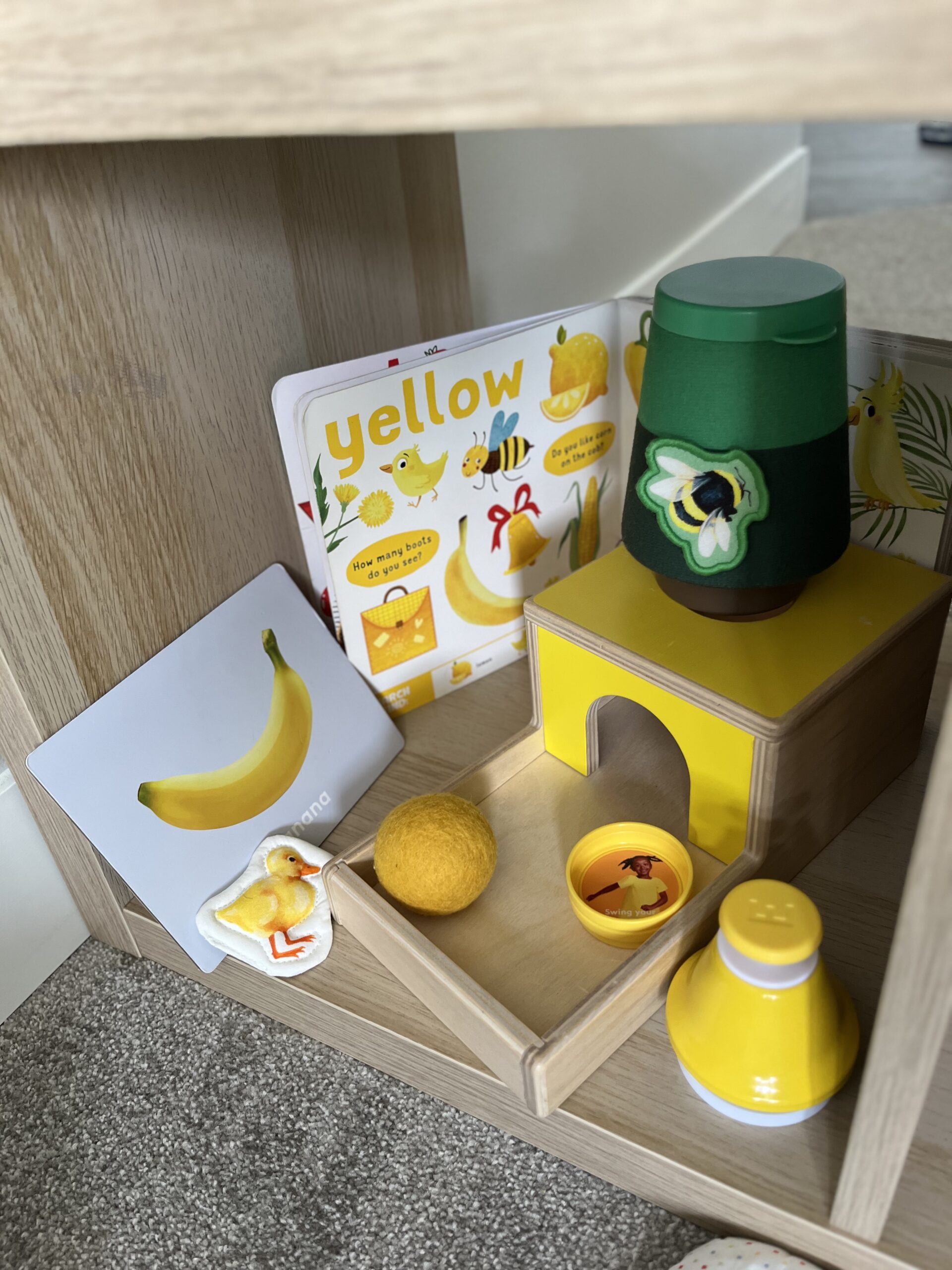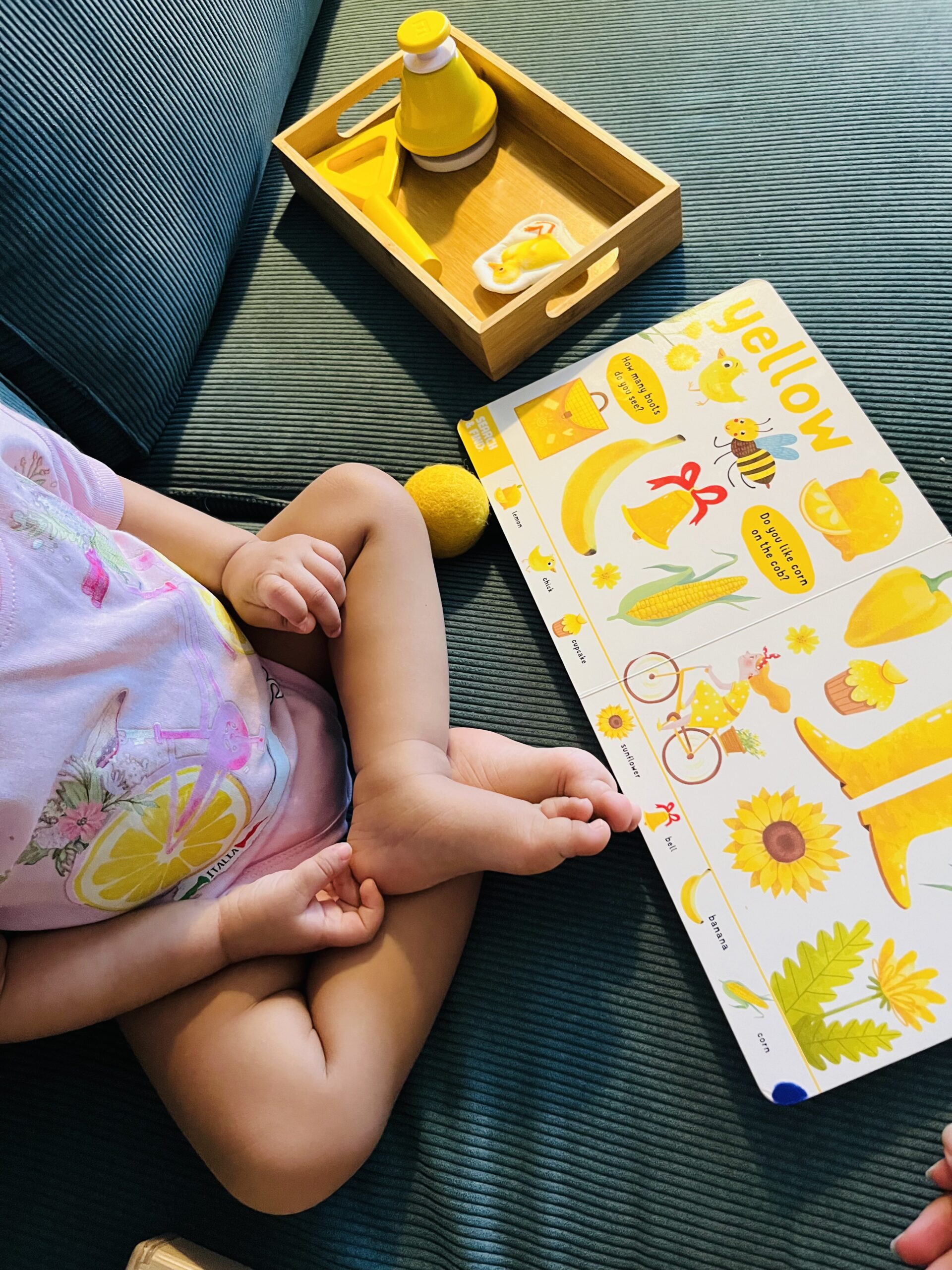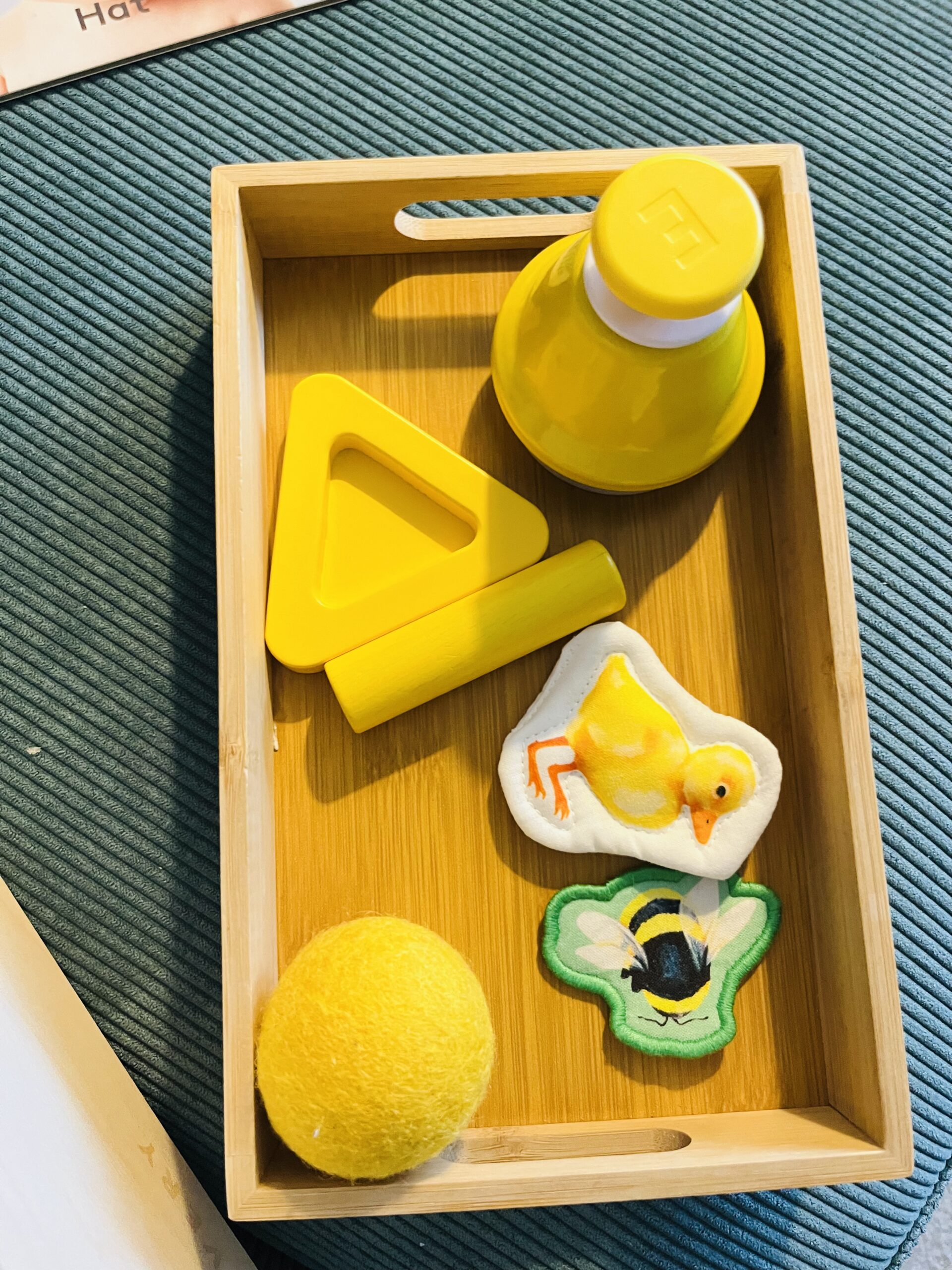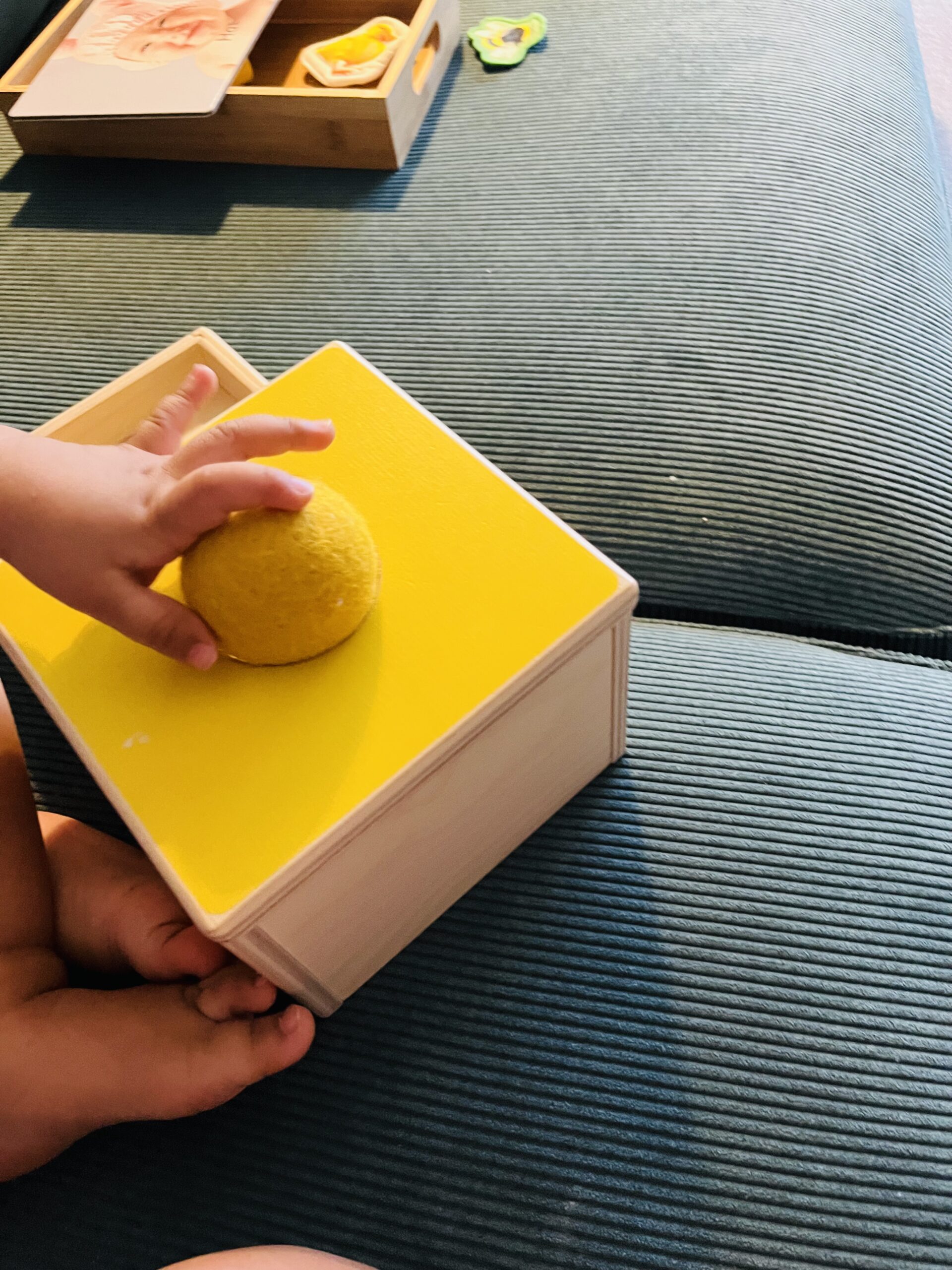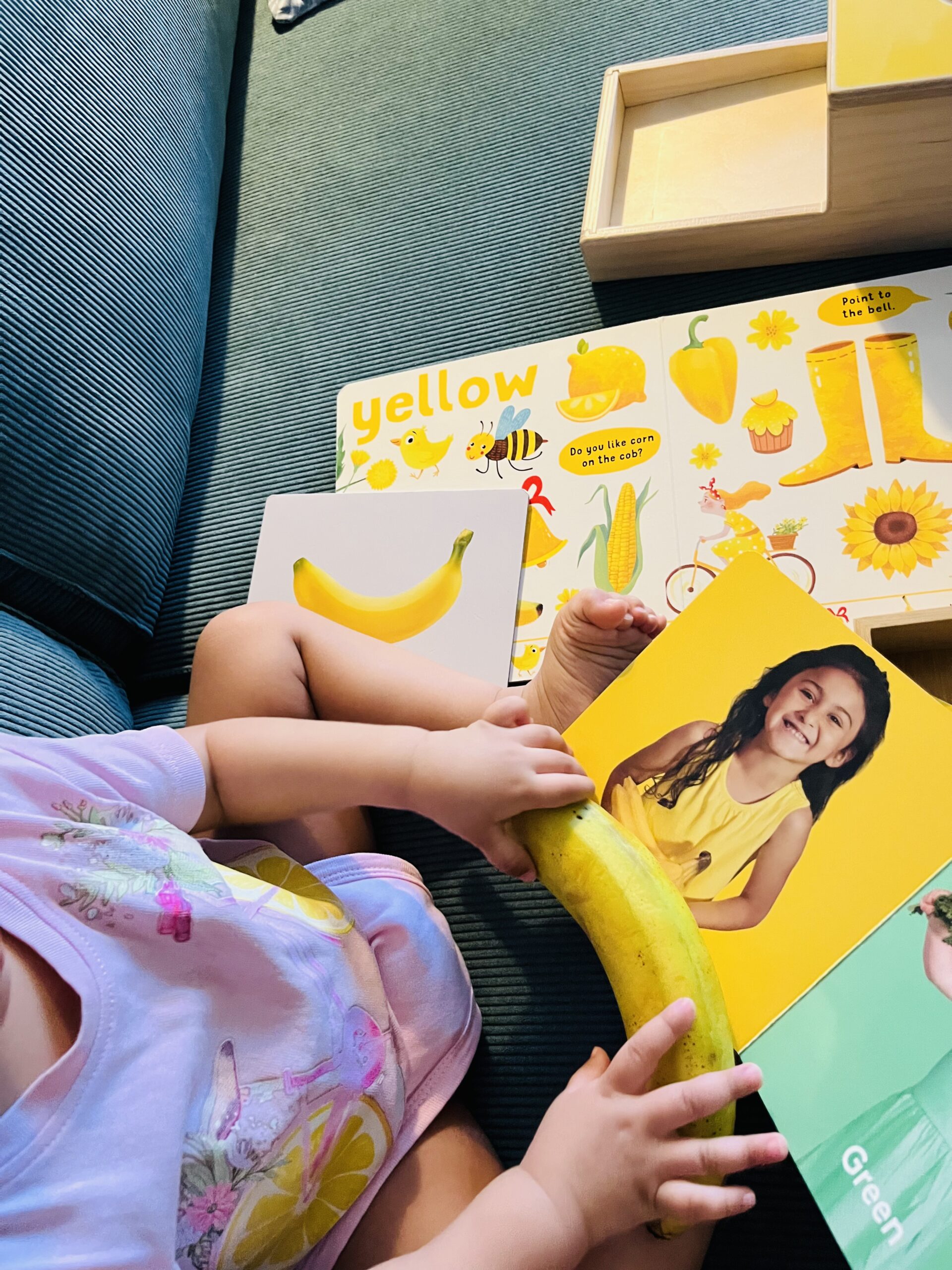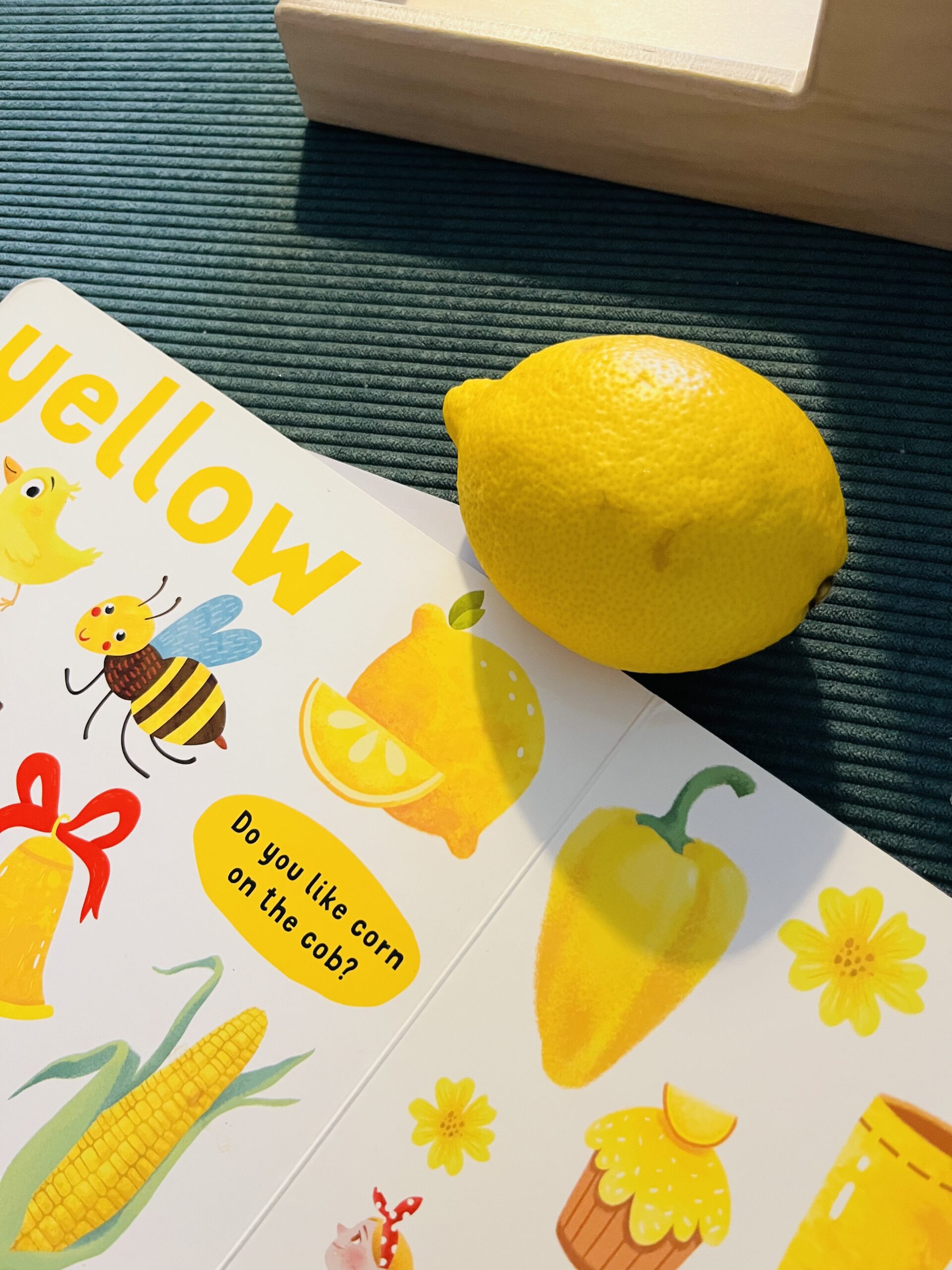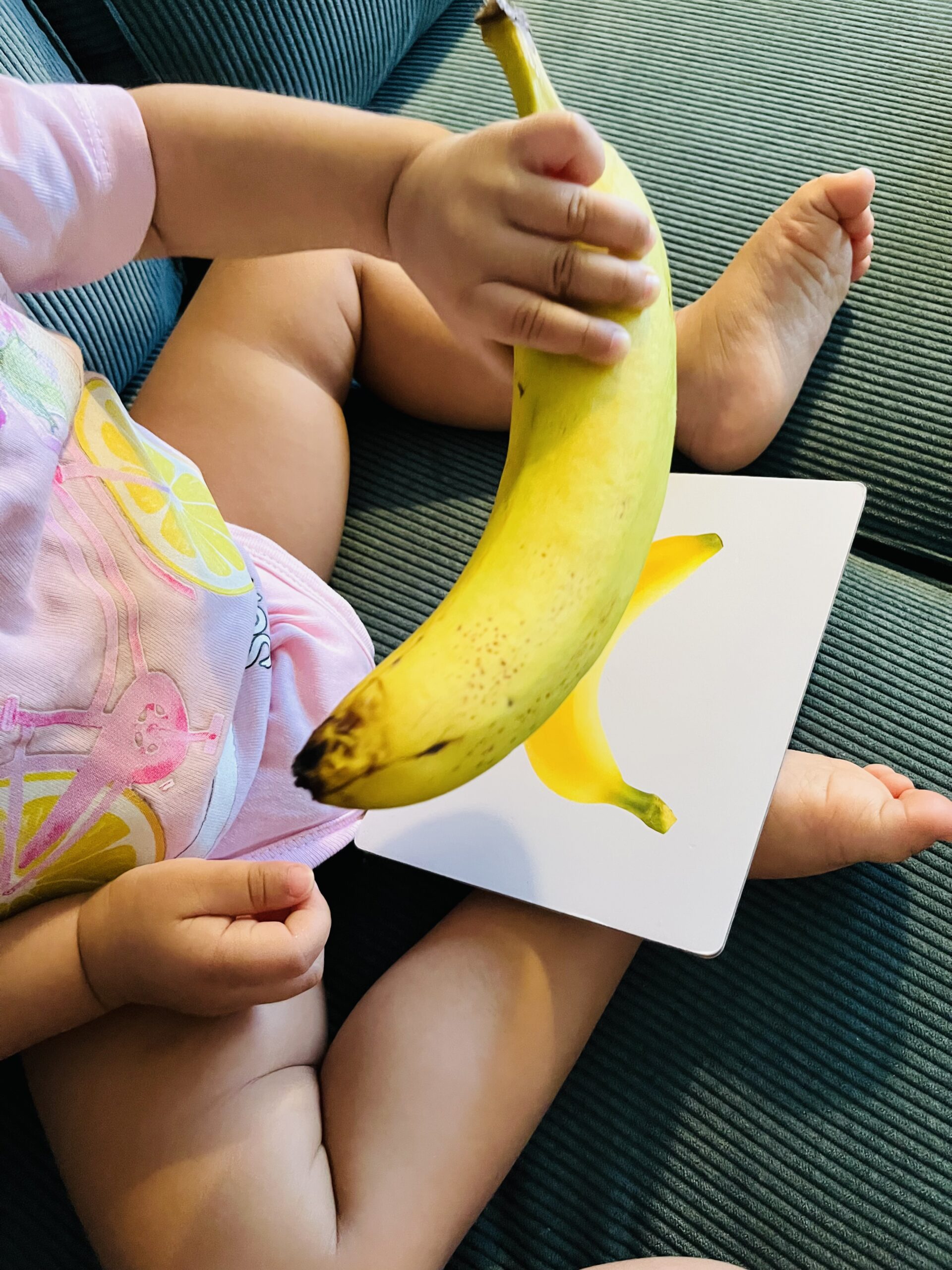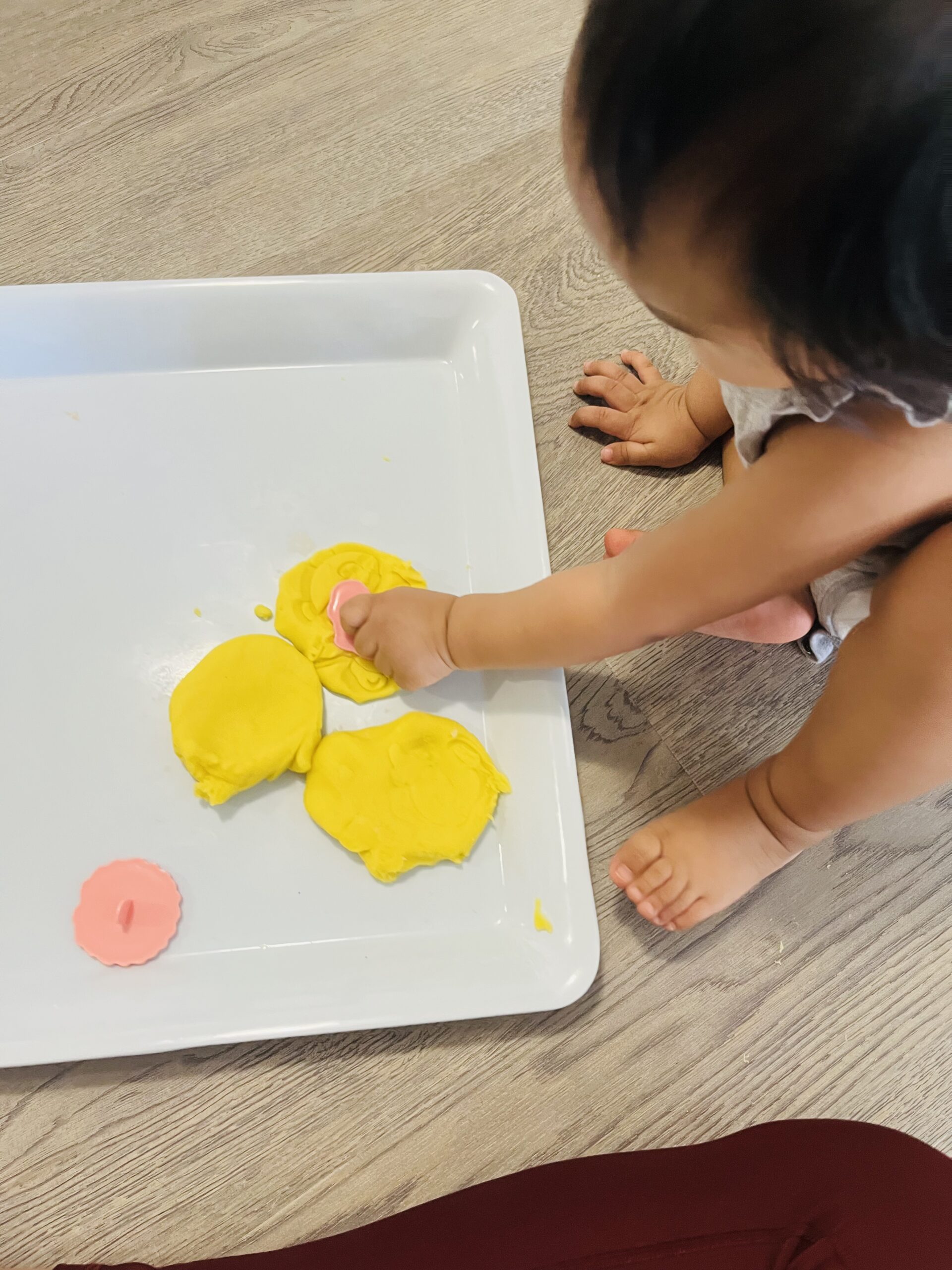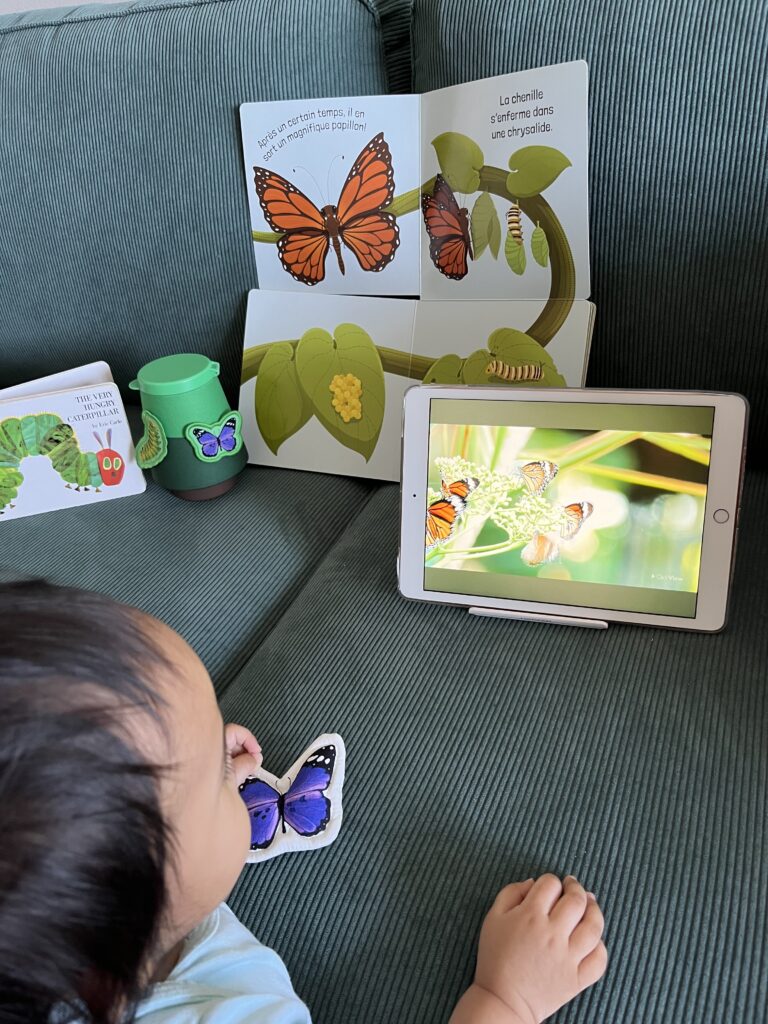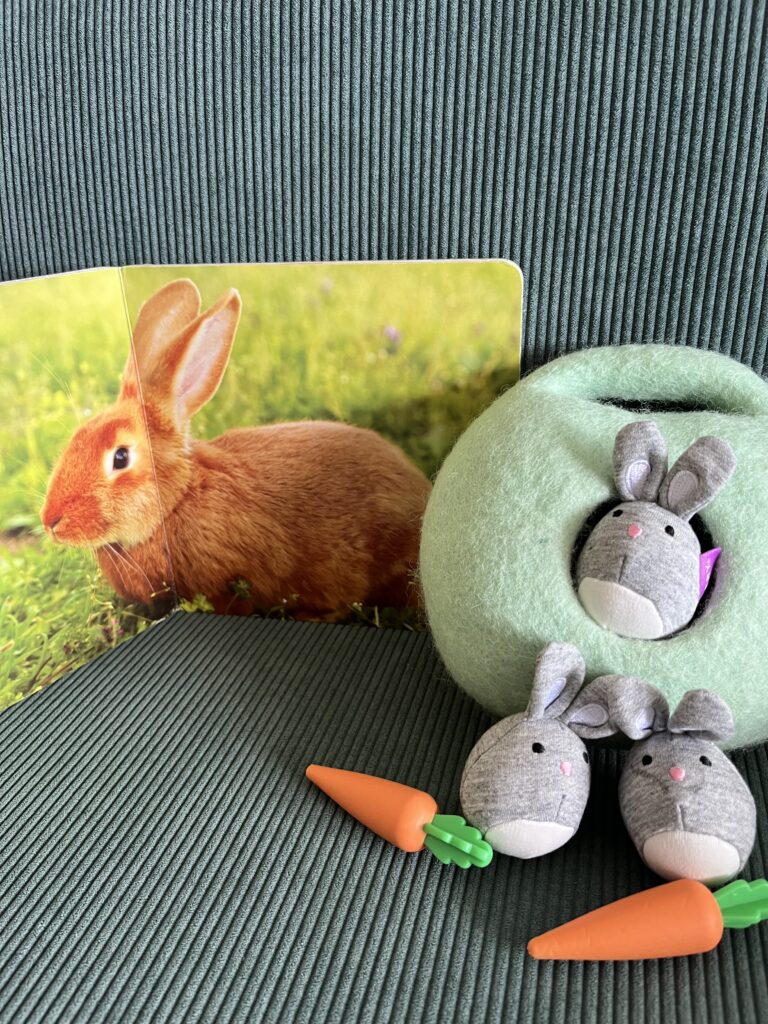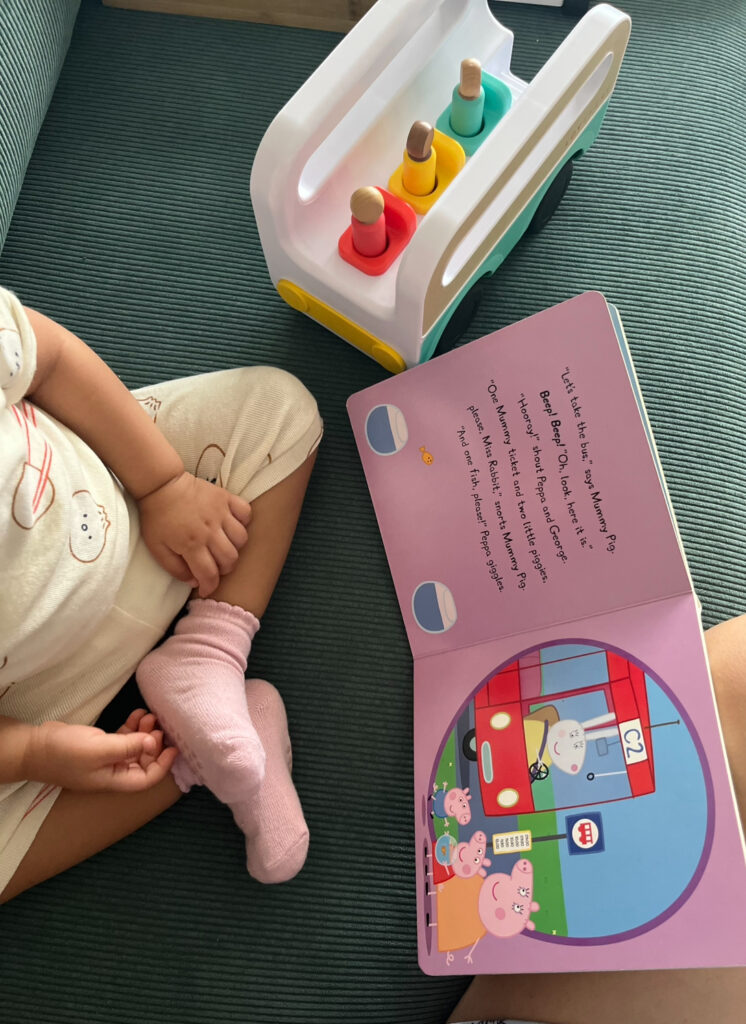Say hello to sunshine, bananas, and lemons: this play plan brings the color yellow to life through toys, snacks, and everyday moments your toddler will love.
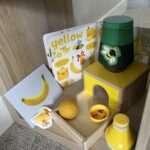
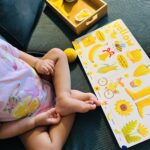
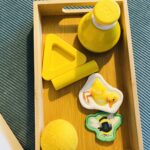
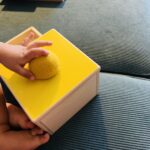
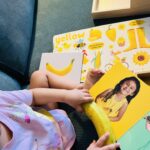
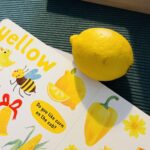

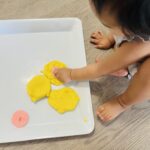
Bring on the sunshine! Explore the color yellow through toys, books, fruits, and hands-on fun.
About This Play Plan:
This play plan invites your toddler to explore the vibrant world of yellow, one of the easiest colors for young children to notice and identify. With its bright, cheerful tone and presence in both toys and everyday objects like bananas and lemons, yellow becomes a natural entry point for early color recognition, alongside blue and red.
Please note that while toddlers begin to notice how there are different colors starting from 12 months, color recognition typically begins to develop between 18 months and 2.5 years of age. Also, every child progresses at their own pace. But even if your toddler isn’t ready to say or identify colors yet, repeated exposure to bright, easily noticeable hues like red helps build those early brain connections, setting the stage for learning colors naturally through play.
How to Use This Plan:
- Gather Your Materials: Check the list below for everything you’ll need.
- Follow the 5E Tabs: Each tab provides step-by-step guidance, creative ideas, and reflection prompts to make the experience more meaningful.
- Let Your Child Lead: Observe how your child interacts with the materials and adjust based on their interests and developmental stage.
Spark your child’s curiosity:
Start by reading a toddler-friendly book that focuses on the color yellow.
Let your child flip through the pages as you point out familiar yellow items like the banana, duck, and sun.
Keep your tone playful and warm: “Look! A yellow banana, just like the one in your picture card!”
Encourage hands-on exploration:
Set out a mini tray or shelf with yellow objects, such as the duck from Lovevery’s Quilted Critter Pockets, a yellow ball, a banana card, stacking cups, and the yellow pat bell from the Music Set.
Let your toddler freely interact with these objects. You can say things like “This is a yellow ball” or “You picked up the yellow cup!”
Label what they’re touching and gently emphasize the color.
Provide simple, age-appropriate explanations:
As your toddler plays, repeat the word “yellow” clearly and slowly. Use short, consistent phrases like “Yellow duck” or “You found the yellow bell.”
You can model pointing out yellow in real life too: “Your shirt is yellow!”
Repetition and clear labeling help build vocabulary over time.
Expand on the activity:
Group all the yellow items together and talk about how they’re the same in color but different in shape or size. You can say, “These are all yellow,” while gently tapping each item.
Take it a step further by collecting more yellow objects from around the house, like a lemon and a banana, and add them to the yellow basket.
As your toddler explores, use parallel talk by narrating what they’re doing in the moment: “You’re putting the yellow lemon in the basket,” or “You’re rolling the yellow ball.”
This running commentary helps them connect their actions to words, supporting both speech and comprehension in a playful, low-pressure way.
Reflect on how your child responded to the play:
- Which yellow object did they seem most drawn to?
- Did they repeat the word “yellow” or try to say it?
- Were they able to match or group yellow items together?
- Did they point to yellow objects when you named them?
You may not hear your toddler say “yellow” just yet, but they’re soaking it all in. Repetition is key, so keep one or two yellow items out even after rotating the rest, so you can continue weaving the word “yellow” into everyday moments.
Materials List:
- A toddler-friendly book about colors featuring yellow
- Yellow objects from your toy shelf (e.g. Lovevery felt ball, duckling quilted critter, banana textured card)
- Optional: Real yellow foods like bananas or lemons for a yellow sensory experience
- A basket or tray for gathering yellow-themed items during play or exploration
Tips for the Grown-Ups:
Follow the Child’s Lead:
Observe how your child interacts with the playthings. Let them guide the session by following their interests. If they show a preference for exploring textures, sounds, or colors, embrace it. Be a silent observer, ready to expand their learning with gentle, supportive language.
Create a Calm, Inviting Space:
Set up a clutter-free area that encourages focused exploration. Use natural light and simple setups to inspire curiosity. If the weather permits, take the play outside for a richer sensory experience, connecting with the natural world.
Encourage Open-Ended Play:
Embrace imaginative twists and unexpected uses for the toys. If the activity takes a surprising turn, celebrate this as a sign of growing cognitive flexibility and problem-solving.
Our Own Play Experience
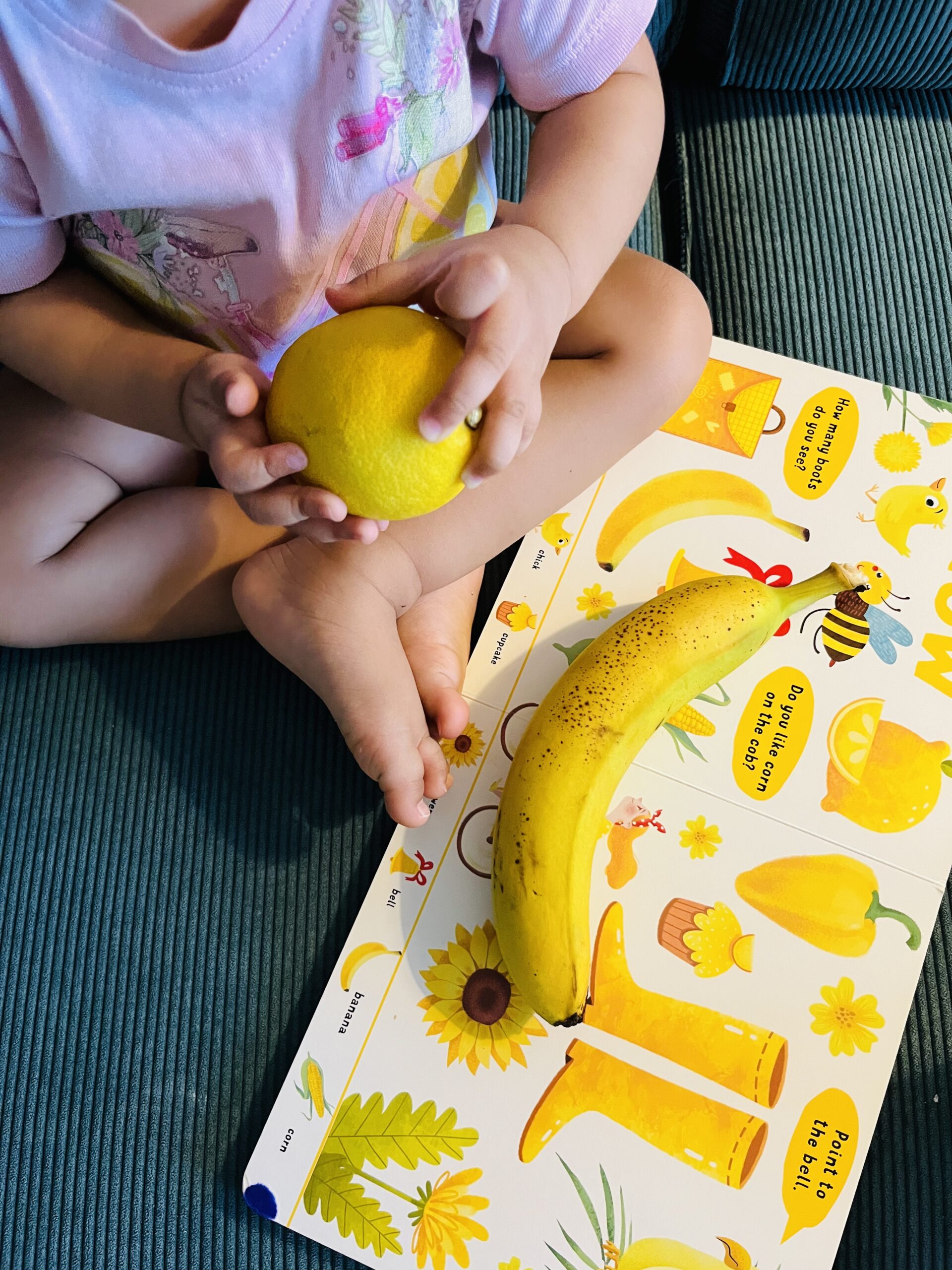
After introducing red and blue in the past few weeks, we moved on to the third primary color: yellow.
Luckily, Lovevery has no shortage of yellow items, from the bright yellow pat bell in the Music Set to the fuzzy yellow felt ball. We even brought back the yellow object permanence box from the Inspector Play Kit. It was one of the first toys that showed us what our daughter could do at just 7 months, so it felt special to revisit it for this playtime.
Along with her yellow toys, we introduced yellow foods like bananas and lemons. Bananas are her all-time favorite snack; she can easily finish a whole one, and she had fun holding it while we repeated the word “yellow.”
The lemon, on the other hand, got mistaken for a ball and was enthusiastically thrown across the room with a big “Ba!”
We also did something new this time: we brought out yellow play-dough. At first, she was unsure; maybe even a little scared of how squishy it was. But once we added her cookie stamps, she warmed up to it. It turned into a fun sensory experience that layered beautifully with all the yellow we were exploring.
Please Note: I am a proud Lovevery subscriber and fan, and many of the play plans shared here feature Lovevery playthings. However, this site is not affiliated with or endorsed by Lovevery. All ideas and recommendations are my own, based on my experiences as a mom who values meaningful, play-based learning.
Share this play plan:

